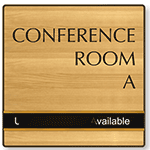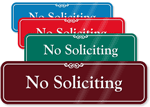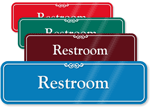After a year, contamination still evident in Canada’s top hotel chains
Proper sanitation remains an issue in Canadian hotels, according to an investigation by CBC Marketplace. The investigation, a follow-up to tests conducted last year, concluded that contamination levels in some hotel chains were, in fact, worse than previously detected. In fact, Keith Warriner, the study’s supervisor and one of Canada’s leading microbiologist, said that some of the hotels “have actually gone backwards.”
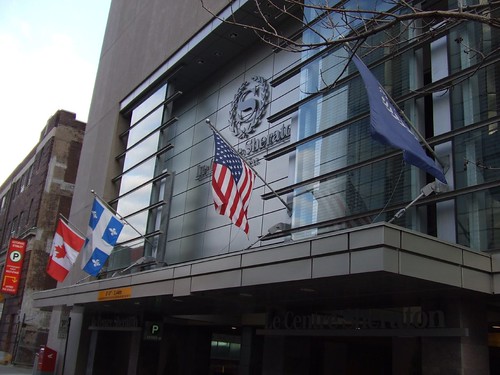
Top hotels including the Sheraton were inspected for general cleanliness and hidden germs. From runJmrun.
A clean room is not the same as a contamination-free room
Six of Canada’s biggest hotel chains — including both budget and high-end hotels — were re-examined since going under the scanner last year. Frequently touched places or “high-touch” spots in three rooms in each of the hotels were tested for general cleanliness and for germs not visible to the naked eye.
In addition to tests like visual inspection with a black light and microbiological testing to detect fecal contamination, Marketplace placed hidden cameras in the rooms to document practices undertaken by housekeeping staff to ensure proper sanitation. Investigators tested samples from ice machines for coliform bacteria and inspected air-vents for mold growth.
Results indicate that although some contamination problems have been attended to, others remain unresolved. Moldy mats have been replaced and air vents are now rust-free. Clean ice was found in all hotels this time around, while last year, ice machines in all six hotel chains contained possible fecal contamination.
However, microbial testing revealed that all hotel chains, except Super 8, contained superbugs like MRSA. This antibiotic-resistant strain of Staphylococcus bacteria was found in several high-touch surfaces, such as the TV remote and bathroom counter. Dirty bedding was yet another problem discovered in each of the hotel chains inspected, and traces of C. Difficile were found on hotel toilet seats. This bacterium is cause for worry, especially for travelers with a weak immune system.
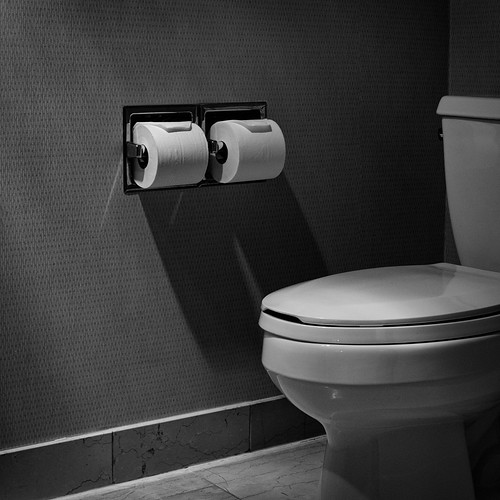
Proper toilet hygiene and segregating cleaning equipment can prevent cross-contamination. From Anne Worner.
Why hotels are so unsanitary
One of the reasons why lack of sanitation is prominent in most hotels is the amount of time dedicated to cleaning each room. Canada’s hotel housekeeping union sets a target of 15-16 rooms to be cleaned everyday during an eight-hour shift, giving the cleaning staff only thirty minutes to get the job done. Lab-approved cleanliness, as such, becomes a tall order.
Brigida Ruiz, a housekeeper at Toronto Sheraton, says that the allotted 30 minutes is not enough time to maintain thorough sanitizing practices. “That’s the reason why the room attendants are doing the shortcuts, and not doing it properly. Too many rooms and too much pressure,” she said.
Top hotel room germ hot-spots
CBC lists the top six germ hot-spots and how to stay protected.
- Remote controls are one of the most used devices and can contain high germ levels. The best way to keep your hands contamination-free is to put the remote in a plastic bag.
- A dirty bed can be a storehouse of germs. Remove all decorative items like cushions from the bed and call the front desk immediately if you suspect that the sheets have not been replaced.
- Faucets and counters in the hotel bathroom are likely to face cross-contamination from the toilet if housekeeping uses the same cleaning equipment for all of the rooms (which is likely). Alcohol wipes can come in handy here.
- For your morning coffee, the nearby café might be a better option than the in-house coffee maker. Wash hotel mugs and plates before using them.
- Clean ice-machines do not imply clean ice buckets. Ask the front desk to provide plastic bags for holding ice.
- Hotel telephones can contain germs from the dirty palms of people who stayed in the room before you. Either clean all parts of the phone with an alcohol wipe, or use your cell phone instead.
Warriner provides these tips for travelers: “Look for rust and other defects. That’s where the bacteria and molds and microbes gather. So, if you walk into a hotel room, the first thing that’s going to hit you is the smell. So that should give you a first indication.”
Category: Restrooms



